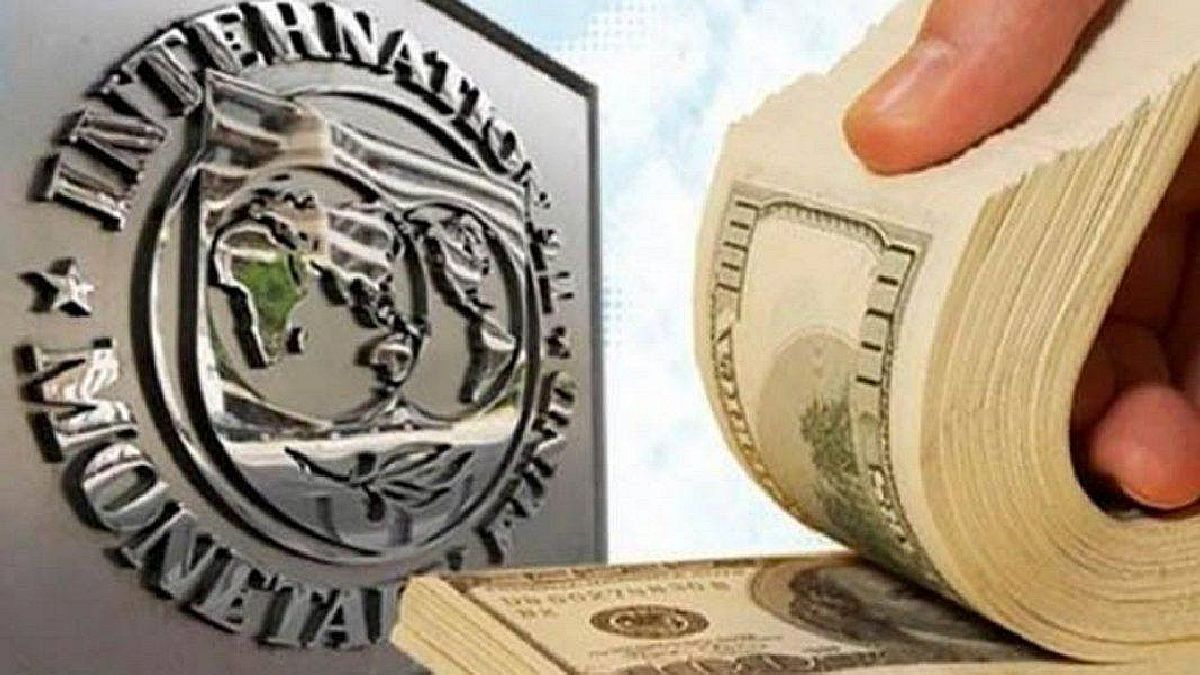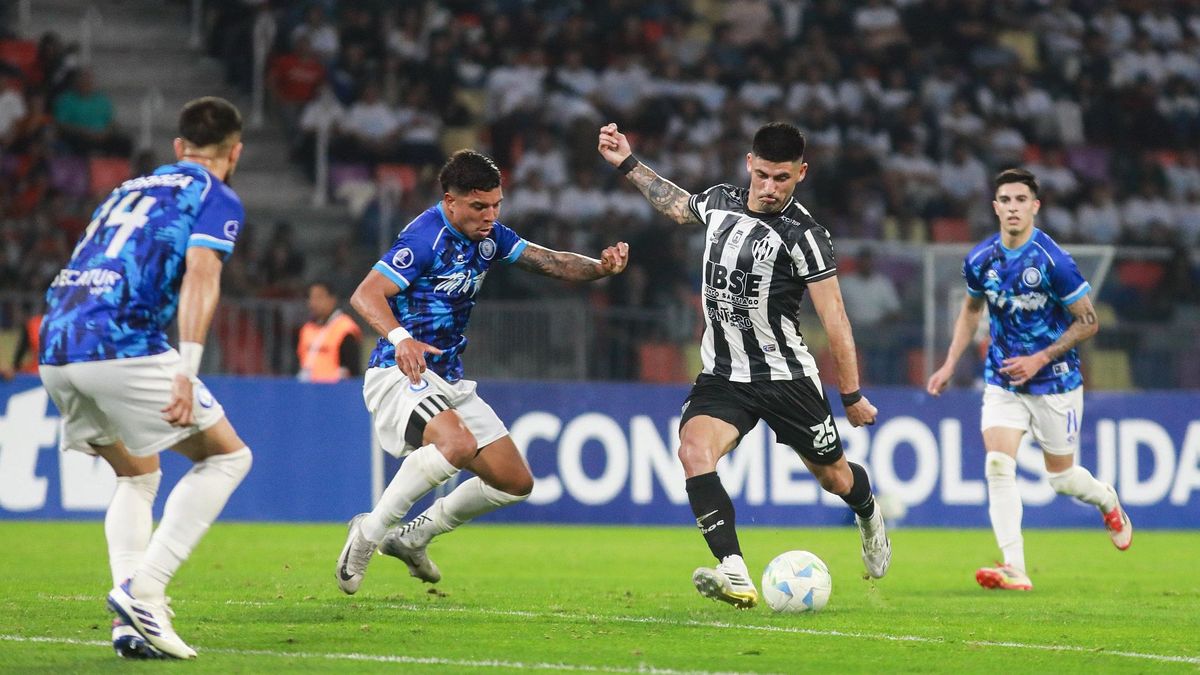“There will be an exchange rate adjustment but the methodology has not yet been defined”, detailed a source with knowledge of some details of the conversations. As he explained, she “is finishing defining” the methodology that allows a balance between adjusting the exchange rate without making a devaluation jump and that, at the same time, does not impact inflation.
The objective, as the national officials who spoke about the agreement repeated, is set on the accumulation of reserves, the third of the most important items in the commitment that the country assumes once the agreement is approved and that, together with the fiscal goals and monetary, will be decisive in the revisions to which the disbursements are tied. Own Sergio Chodosdirector for the Southern Cone before the IMF and Guzmán’s strong man in the negotiations with the organization, assured in an interview with Perfil that “in the context of showing signs of strength, the fortification of reserves is important.”
The official conviction is that, in this way, the price of international commodities plays in favor of the official plan. And it is not for less, because so far in 2022 the price of soybean futures contracts for March jumped almost 20%: from $499.89 the ton went on to touch a value of $596.89 per ton yesterday.
A few weeks ago, in an interview with Ambitthe president of the Central Bank, Miguel Pesce, assured on the foreign exchange issue that “from the agreement with the IMF some uncertainties would be cleared up”, which would cause a change in expectations. “It should lead to more normal levels of imports, to recover commercial credit and also obtain greater net financing from multilateral organizations. With this set, we hope for a better result of the exchange balance for this year”, explained the president of the monetary authority. At the same time, he explained that they expect the IMF to make “a disbursement at the beginning of the program”, which, according to another source, could be of a much more important magnitude than the expiration of US $ 2,838 million in the last weeks of March. .
The reserve accumulation goal for 2022, as detailed by Guzmán on the Friday of the announcements, will be US$5,000 million. Also as part of the negotiations, it is not defined how the SDRs that the IMF is expected to “return” to Argentina will be accounted for, as a result of the payments made by the country while the negotiations continued and that had been transferred by the organization as an extension to all its partners to deal with the pandemic.
What has the IMF historically imposed on the foreign exchange front in its programs?
Paul Nemina, an economist and researcher at FLACSO and CONICET, told this newspaper that “usually (after the fall of Bretton Woods) the IMF asked to unify and liberalize, but now it is not so linear.” “It recognizes the importance of (temporary) controls to avoid excessive volatility,” he said. “In the 1980s/90s, he would have asked for the unification and release of a single shock, but today he recognizes the importance of gradually staggering and reducing spreads to address the peculiarities of a bi-monetary economy”, Nemina detailed.
—
Stephanie Pozzo
Source: Ambito
David William is a talented author who has made a name for himself in the world of writing. He is a professional author who writes on a wide range of topics, from general interest to opinion news. David is currently working as a writer at 24 hours worlds where he brings his unique perspective and in-depth research to his articles, making them both informative and engaging.




